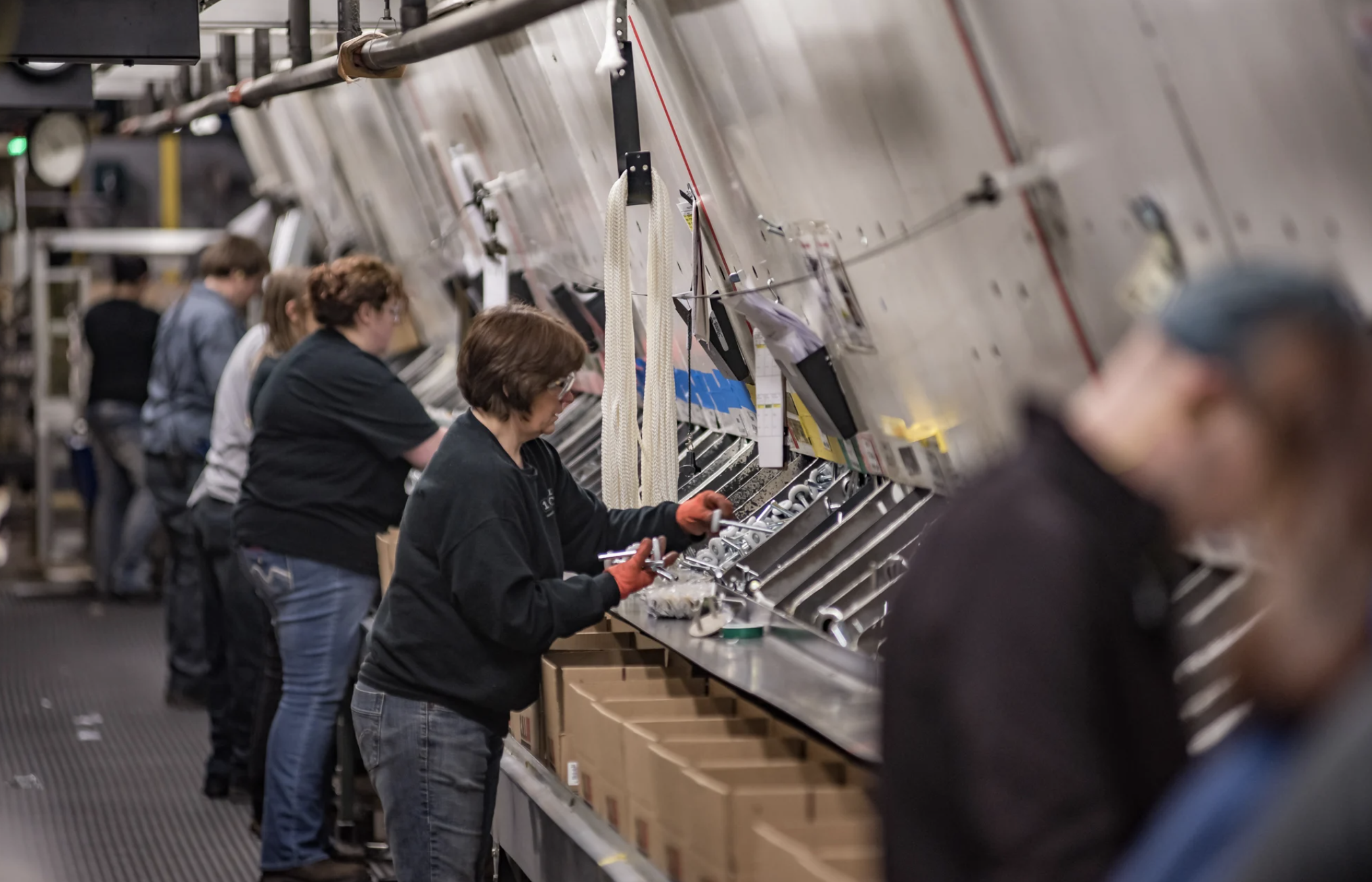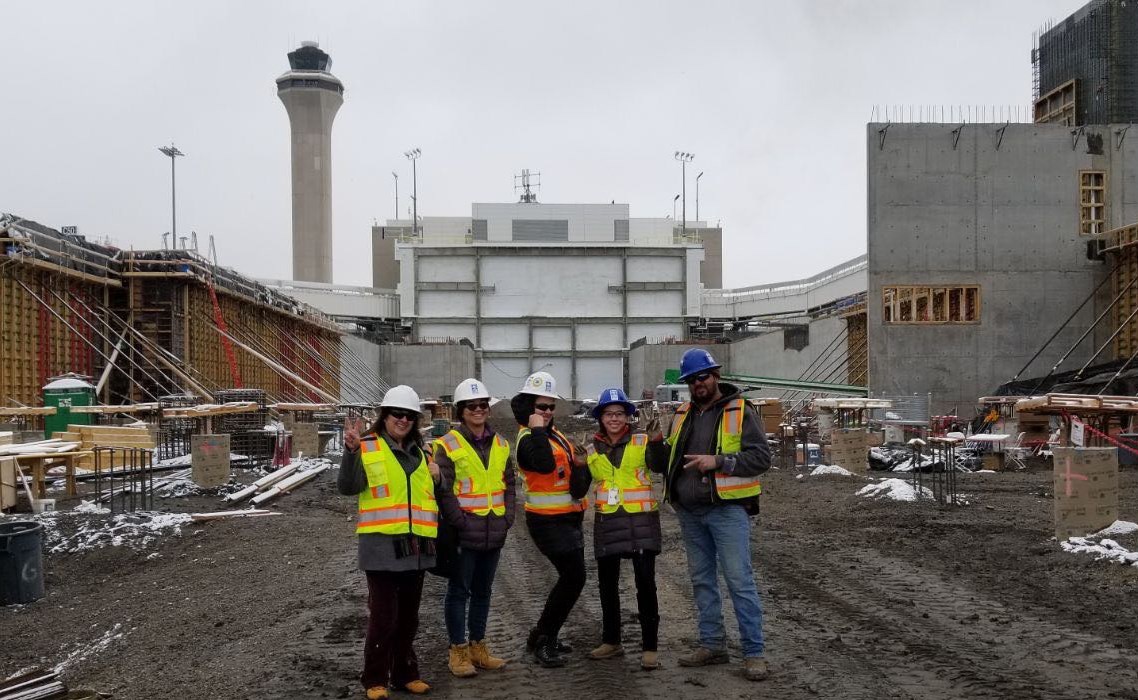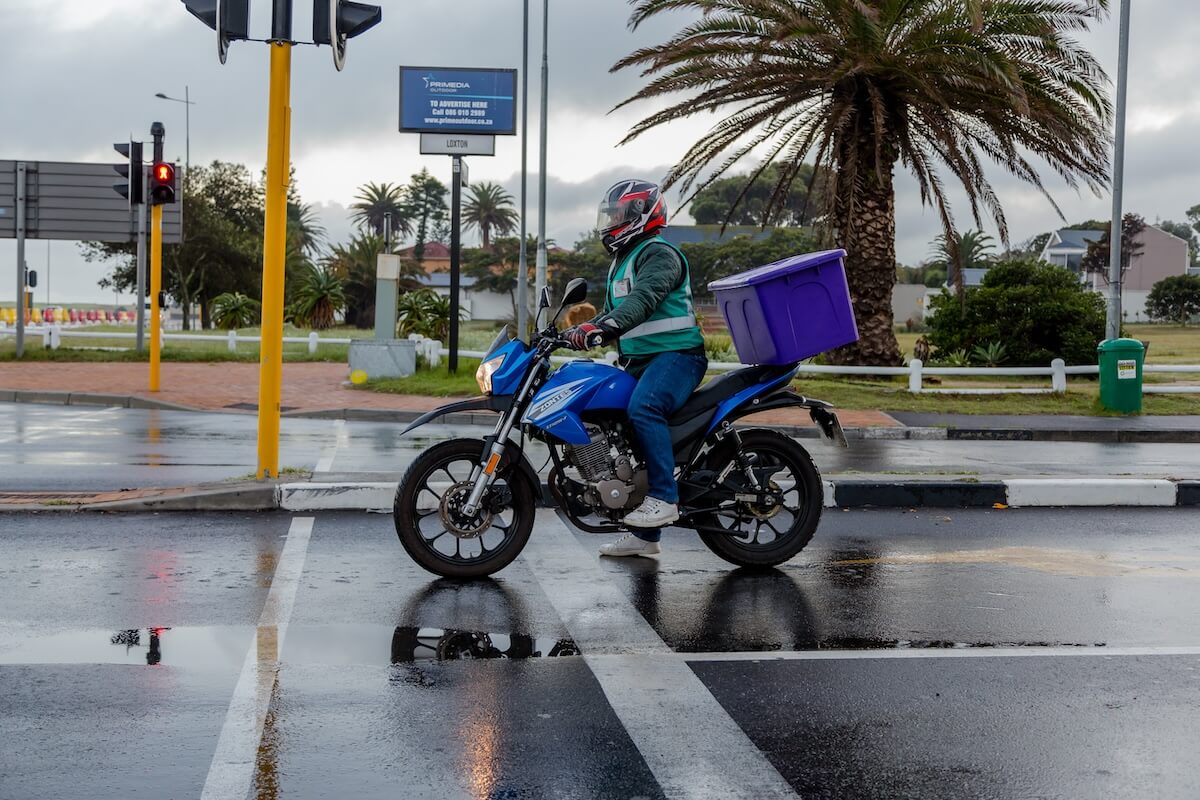ImpactAlpha, May 17 – How to get rich in America? Own.
Equity, not salaries, accounts for the majority of income among the country’s wealthiest people, says a new study. Thus, turning more workers into owners represents a distinctly capitalist way to share the wealth.
That’s been the strategy of private equity giant KKR’s U.S. Industrials private equity investments portfolio, which has awarded billions of total equity value to more than 45,000 employees at two dozen companies. This week, about 800 of those employees got to cash out when KKR sold C.H.I. Overhead Doors to the steel company Nucor Corp. for $3 billion.
Each of the 800 employees of C.H.I., based in Arthur, Ill., received on average $175,000 as a payout on equity they received as part of KKR’s investment in 2015. The longest-tenured workers in the factory made up to $400,000 and truck drivers will receive up to $800,000.
“Creating a culture of ownership works,” said KKR’s Pete Stavros, who has championed the employee-ownership strategy as head of KKR’s industrial manufacturing portfolio.
The employee payout represents a small percentage of KKR’s 10x return on its investment in C.H.I., one of the largest returns in the firm’s recent history. C.H.I.’s revenues grew roughly 120% over the course of KKR’s investment. Earnings (before interest, taxes, depreciation, and amortization) increased almost four-fold. KKR says wages went up 12.5% last year and 7% in 2020. The equity stakes, as well as dividends, were a free, incremental benefit for workers earning less than $100,000.
“The thing we’ve gotten really right is making everyone in the business an owner, down to the most junior levels of the organization,” Stavros told ImpactAlpha on a 2020 podcast (see, “This private-equity giant has distributed more than $500 million – to hourly employees“). “We’ve seen employee engagement improve at that hourly workforce level. Retention goes up. And investment returns have been really strong.”
Stavros, co-head of KKR’s U.S. private-equity business, traces the genesis of KKR’s employee-ownership strategy to his father, who worked as an hourly construction worker in Chicago and often notes the misalignment between hourly pay and company performance. Stavros says KKR agreed to sell to Nucor because it’s an “employee-centric organization” that “provides all employees an opportunity to share in its success.”
In a statement, KKR said it aims to deploy the employee-owner model beyond manufacturing, which makes up a small portion of its portfolio, to all majority investments in its private equity platform in the Americas. Last month, KKR, along with TPG, Apollo and dozens of other investors, banks, foundations launched the nonprofit Ownership Works to help public and private companies transition to shared ownership.
New narrative
That employee ownership can deliver for investors and employees represents an appealing storyline for KKR. Like other private-equity giants, the $470 billion firm has made headlines for leveraged buyouts and other deals that have not worked out as well for employees. More than 33,000 workers lost their jobs when Toys ‘R’ Us shut down in 2018. KKR, a former owner of the company, ended up contributing to a $20 million fund for displaced employees.
Employee ownership has begun to attract institutional capital from investors looking for low-risk, steady returns and a way to drive economic inclusion.
Bethesda, Md.-based Apis & Heritage raised an initial $30 million last year for an employee-led buyout fund for small and mid-sized businesses with large workforces of color from Rockefeller Foundation’s Zero Gap Fund and the Ford and Skoll foundations, along with Capricorn Investments, Gary Community Investments, Ascension Investment Management.
Mosaic Capital Partners, which manages a $165 million employee ownership-focused fund targeting middle market firms, last year with Impact Engine invested in Zero Waste’s employee stock ownership plan, or ESOP, to “convert company ownership 100% into the hands of all employees at no cost.
Employee Ownership Catalyst Fund, managed by Mission Driven Finance and Project Equity, secured $5 million from Living Cities as well as other foundations and high net worth individuals to support worker-ownership conversions.
The Healthcare of Ontario Pension Plan even backed Taylor Guitars’ conversion to employee ownership in a direct deal.
If just 30% of U.S. businesses were owned by its workers, median household worth could double to more than $200,000, according to one study. Still, only roughly 200 or 300 businesses a year are converting.
In a guest post on ImpactAlpha, Marjorie Kelly of The Democracy Collaborative and Kendeda Fund’s Diane Ives identified a dozen impact funds that are catalyzing transitions to employee ownership.
“Capital is the missing agent,” write Kelly and Karen Kahn of Employee Ownership News. “As impact investors come to recognize employee ownership as a low-risk, high-impact asset class, they could catalyze conversions at scale, creating a movement that would be transformative for millions of low-income workers.”











